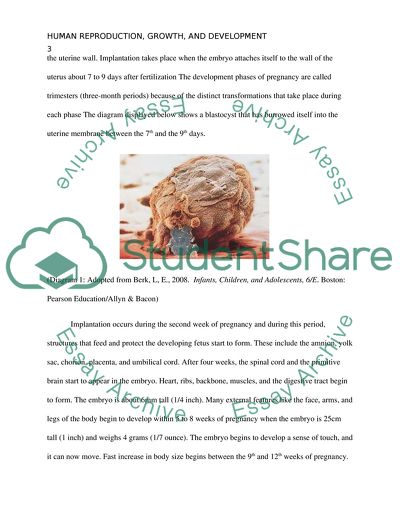Cite this document
(Human Reproduction and Development Coursework Example | Topics and Well Written Essays - 1250 words, n.d.)
Human Reproduction and Development Coursework Example | Topics and Well Written Essays - 1250 words. https://studentshare.org/biology/1830182-human-reproduction-growth-and-development
Human Reproduction and Development Coursework Example | Topics and Well Written Essays - 1250 words. https://studentshare.org/biology/1830182-human-reproduction-growth-and-development
(Human Reproduction and Development Coursework Example | Topics and Well Written Essays - 1250 Words)
Human Reproduction and Development Coursework Example | Topics and Well Written Essays - 1250 Words. https://studentshare.org/biology/1830182-human-reproduction-growth-and-development.
Human Reproduction and Development Coursework Example | Topics and Well Written Essays - 1250 Words. https://studentshare.org/biology/1830182-human-reproduction-growth-and-development.
“Human Reproduction and Development Coursework Example | Topics and Well Written Essays - 1250 Words”. https://studentshare.org/biology/1830182-human-reproduction-growth-and-development.


